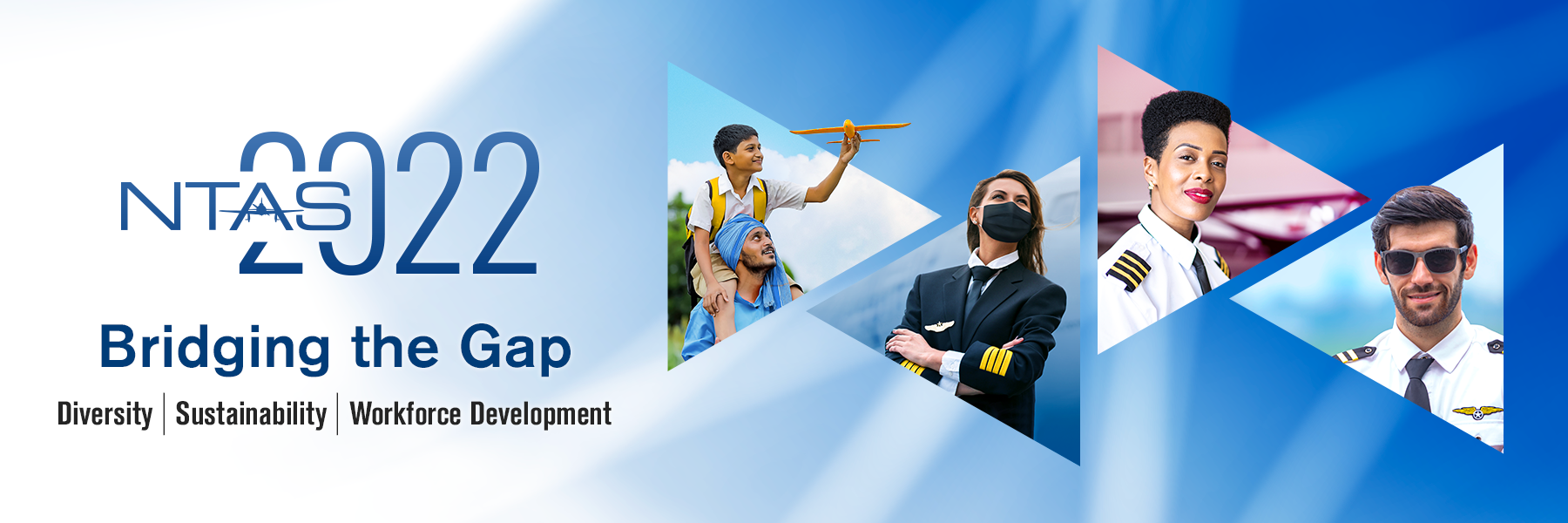Presenter Email
wpittorie2012@fit.edu
Keywords
Aerobatics, loss of control, LOC, upset recovery
Abstract
Upset recovery and aerobatics are two topics in general aviation that are often overlooked by commercial pilots in training. This can be due to several different constraints, such as not having the time or resources to receive optional flight instruction, or the workload involved with locating a reputable school and qualified flight instructor. In addition, upset recovery and aerobatics training is not required to become a commercially rated pilot and start a career in the aviation industry. However, both topics, especially upset recovery, can increase a pilot’s awareness of the limitations of their own aircraft and increase their confidence when faced with a loss–of-control situation. Implementing upset recovery and aerobatics into a collegiate flight training curriculum would mitigate some of the constraints that a pilot faces when making the decision to pursue this training. This paper begins by analyzing the limited upset recovery training that a student pilot receives during their primary flight training and how this relates to the frequency and types of aircraft accidents caused by a loss of control. Next, a sample collegiate flight training curriculum will be reviewed to identify subject areas that are expanded upon in upset recovery and aerobatic training. The presentation will discuss how areas identified in this curriculum could be used to develop abbreviated syllabi for collegiate upset recovery and aerobatic courses that could be grounded in academics and serve as an advantageous addition to the primary training a college student receives in their collegiate flight training program.
Included in
Development of Upset Recovery and Basic Aerobatic Courses for Collegiate Flight Training Programs
Upset recovery and aerobatics are two topics in general aviation that are often overlooked by commercial pilots in training. This can be due to several different constraints, such as not having the time or resources to receive optional flight instruction, or the workload involved with locating a reputable school and qualified flight instructor. In addition, upset recovery and aerobatics training is not required to become a commercially rated pilot and start a career in the aviation industry. However, both topics, especially upset recovery, can increase a pilot’s awareness of the limitations of their own aircraft and increase their confidence when faced with a loss–of-control situation. Implementing upset recovery and aerobatics into a collegiate flight training curriculum would mitigate some of the constraints that a pilot faces when making the decision to pursue this training. This paper begins by analyzing the limited upset recovery training that a student pilot receives during their primary flight training and how this relates to the frequency and types of aircraft accidents caused by a loss of control. Next, a sample collegiate flight training curriculum will be reviewed to identify subject areas that are expanded upon in upset recovery and aerobatic training. The presentation will discuss how areas identified in this curriculum could be used to develop abbreviated syllabi for collegiate upset recovery and aerobatic courses that could be grounded in academics and serve as an advantageous addition to the primary training a college student receives in their collegiate flight training program.



Comments
Presented in Session 3 B - Research in Flight Training